The wonderment begins where the pavement ends.
Words and photos by Dan Seaton.
There’s a scene at the beginning of Back to the Future Part III where Doc is preparing Marty to travel back to 1885. Marty is dressed up in a ridiculous 1950s cowboy getup and Doc, standing in the drive-in movie theater where Marty will crank his Delorean up to 88 miles per hour and make the jump back in time, explains the plan. “Remember,” he says, “where you’re going, there are no roads.”
Growing up in the ’80s I loved those movies, must have watched each one 500 times. And that scene, firing up the time machine for the trip to the 19th century, was one of those that really got me going. I didn’t want to be a cowboy, or even a time traveler, but I loved the idea of seeing a world that no longer exists, seeing that world without roads.
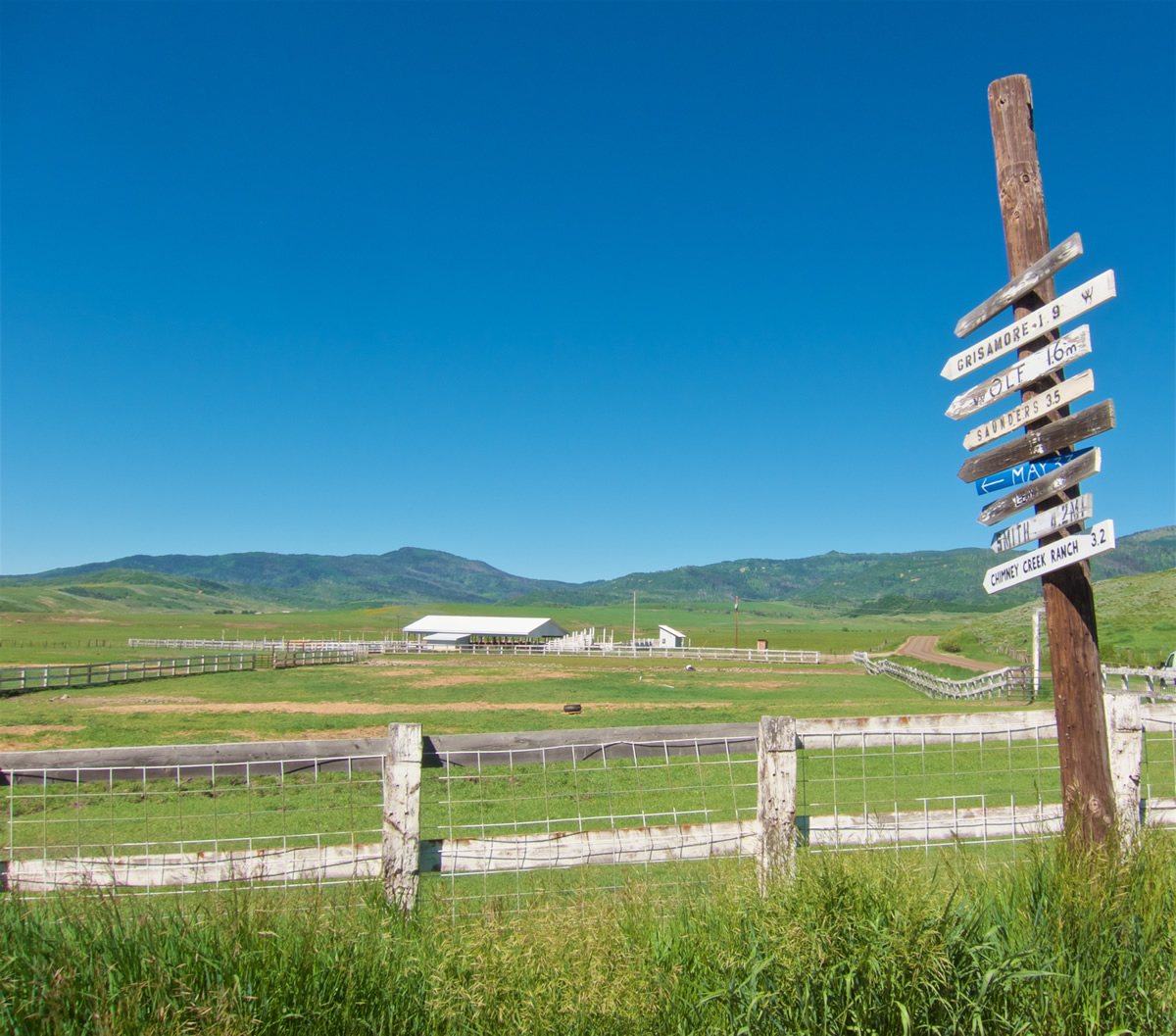
I’m here to tell you today that world still exists, 130 years later.
You drive far enough west in Colorado, cross over the continental divide at the top of the Rocky Mountains and on into the rugged land that lies beyond and you come to a place where the pavement ends.
This is cowboy country, or, at least, what I imagine cowboy country should look like. Heavy late winter snows have left the rolling hills draped in green, scrubby hillsides and pasturelands, all emerald, dotted in places by vast fields of bright yellow flowers. You climb a little ways out of town, then a gentle left-hand fork carries you around down a sweeping hill and onto the gravel.
The roads here—ok, there really are roads here—are dusty, bleached white by the relentless high-altitude sun. The group kicks up a billowing cloud that coats everything, legs and drivetrains and faces alike, in a matter of minutes. I think about the cowboys who rode across this range when there really were no roads and envy their bandanas.
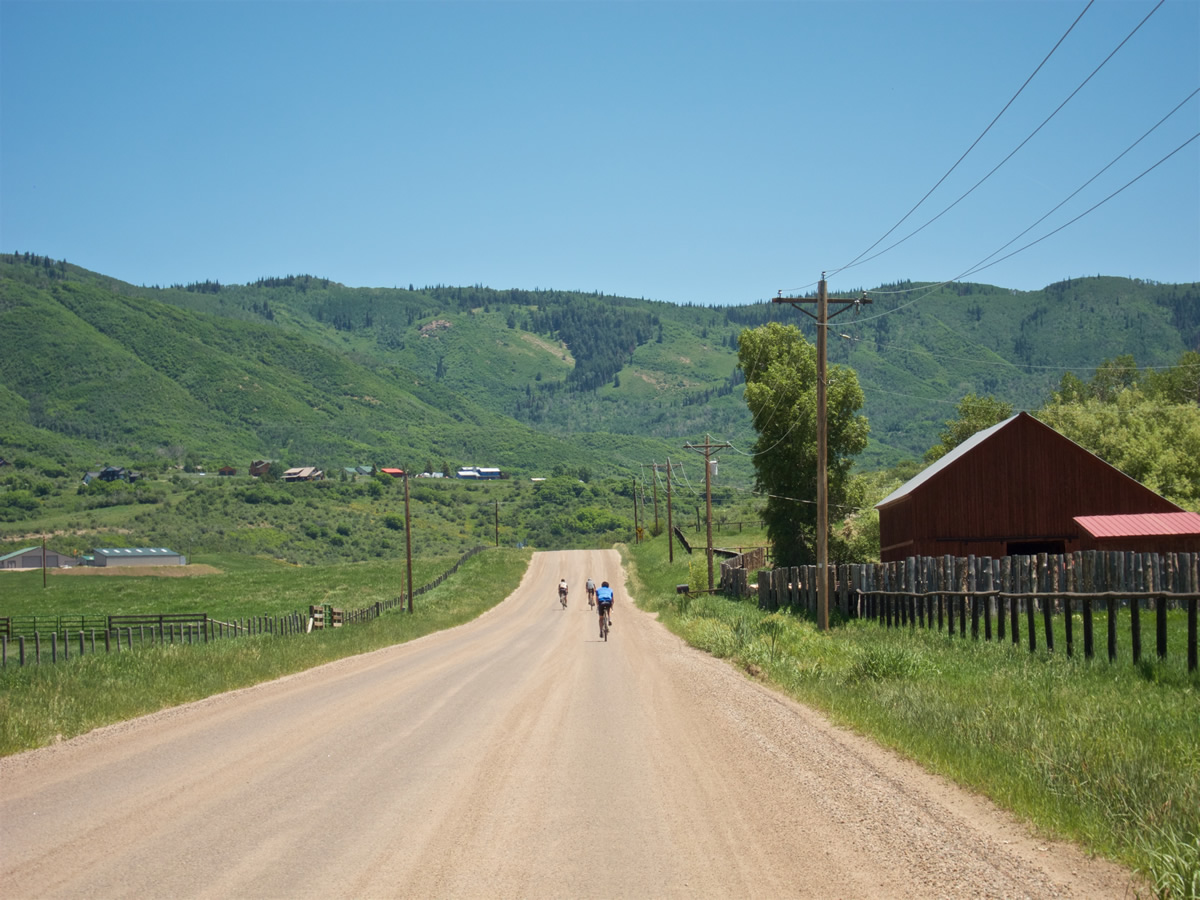
I am on the Ranch Rally Ride, an event that in its third year is quickly becoming a Colorado classic. Organized by titanium bike manufacturer Moots Cycles, in Steamboat Springs, a ski town up in the northwest corner of the state, the ride is a celebration of the joys of country roads and a benefit for local agriculture. It is not competitive, even if there is clearly some competition happening during our ride. It’s just 50 miles of sprawling, gorgeous, gravel road bliss on the backroads of Routt County.
Before moving to Colorado late in 2015, I spent eight years in Belgium, a country that has many of its own charms when it comes to cycling. Belgium’s labyrinthine network of roads, many of them ancient, tiny, but more or less traffic-free, make for great cycling. You can attack the cobbled climbs of the spring classics, rolling through landscapes that seem plucked straight from the canvases of the Dutch Golden Age. But the place is packed, let’s be honest, and you are never out of sight of a house or a village. And after eight years, it’s also my reference frame for cycling of all kinds, so maybe it’s no surprise this little adventure in these lovely mountains leaves me agog.
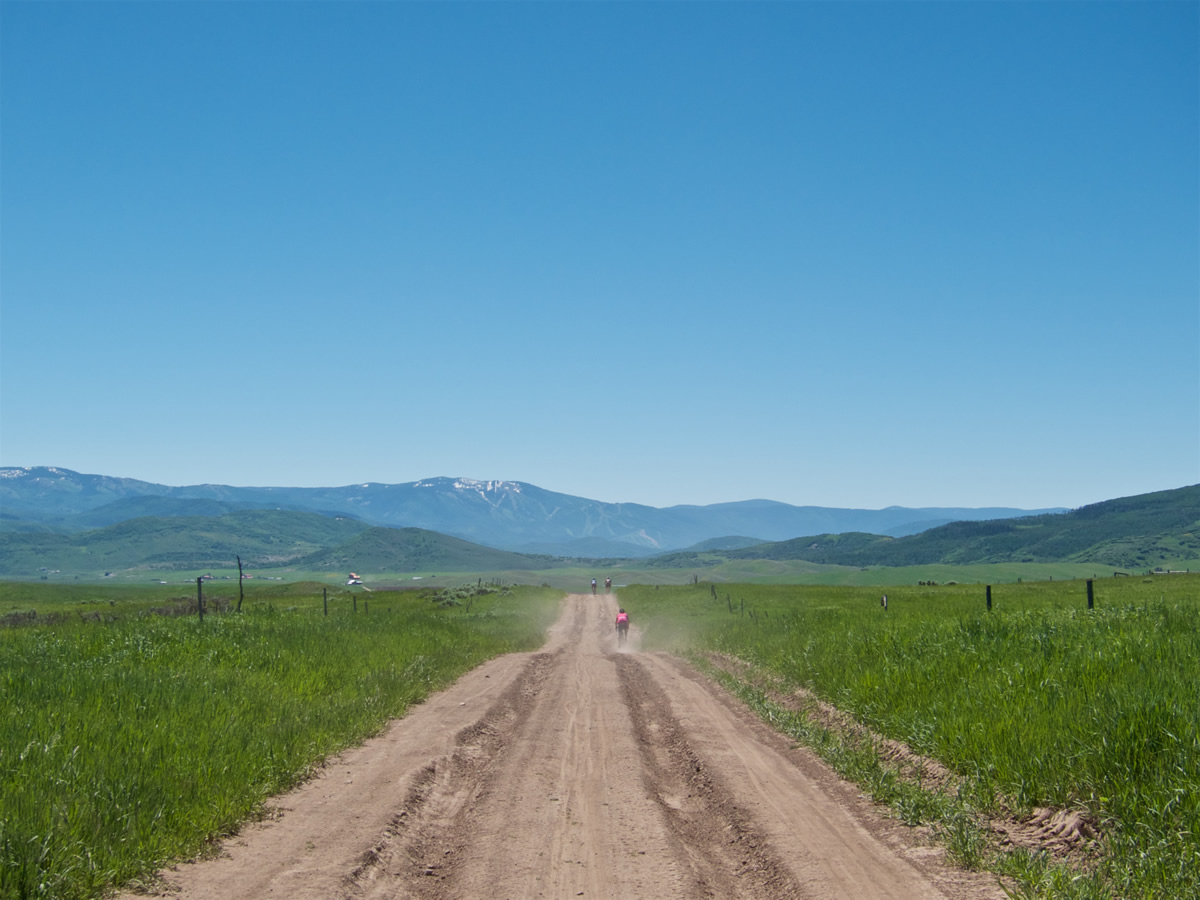
Routt County covers an area about one fifth the size of Belgium, with a population almost 500 times smaller. In Belgium there are almost 1,000 people per square mile. Here on this ride? Less than 10, and most of those people live back down the road in town.
At first, houses dot the roadside as we roll away from Moots’ factory at the north end of town, but within a few minutes the scenery gives way to vast, empty ranchlands, pastures and wildflowers, the low-slung hills of Mystic Ridge and Elk Mountain painted green against the snowcapped mountains we occasionally glimpse at the horizon.
There’s a bluebird sky so big and high above us, a crystal dome in the morning chill that becomes a shimmering roof on the summer heat that arrives by midday. Riding below it I am torn between wanting to soak in that sky and landscape and needing to pay attention to the task at hand. More than once my diverted attention nearly leads to disaster—a well-hidden pothole or a pile of loose gravel in a fast corner yanking me back to the reality of where I am.
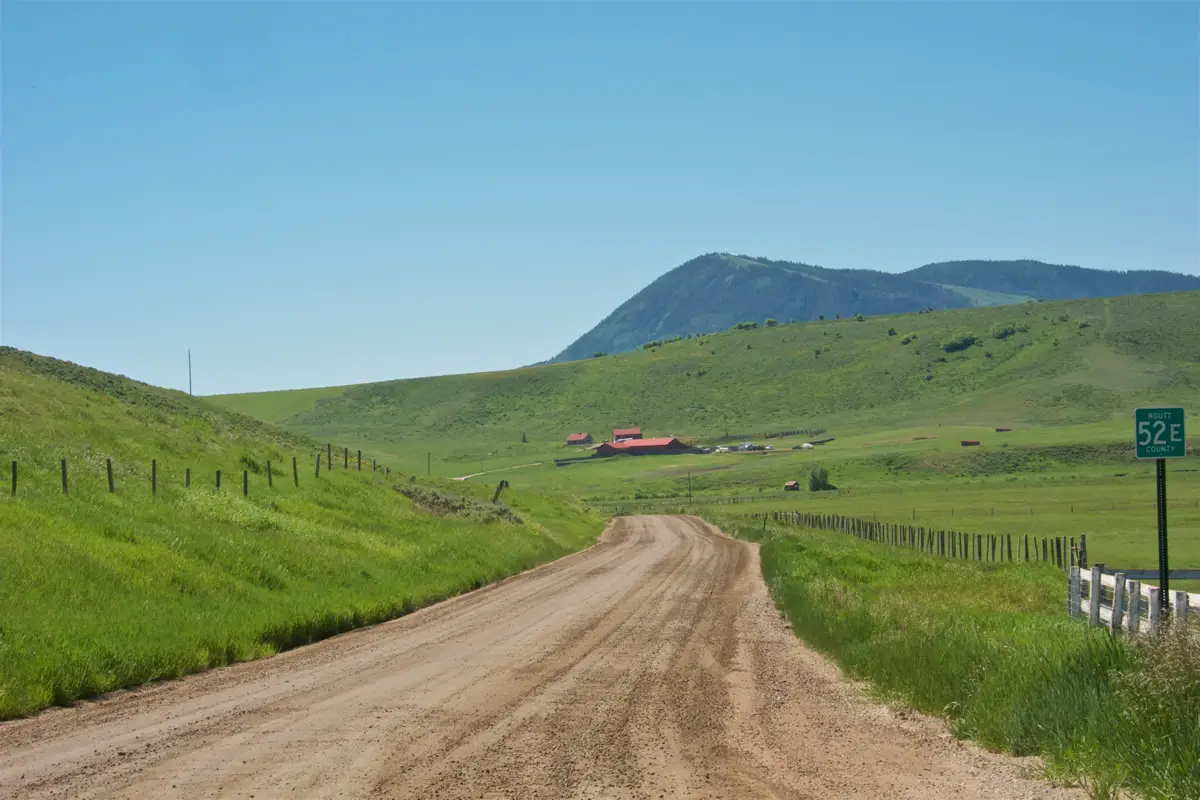
This isn’t the kind of ride you’ll describe as epic to your friends later on, there isn’t a whole lot of elevation gain and the distance—maybe 90 km—is not much more than you might do on your regular weekend club ride. This is a chance to slow down a notch, absorb a kind of landscape that has receded from view, but still endures in places.
For me it also turns out to be a chance to make a couple of new friends and chat with the men and women who build and sell bikes for Moots. Many of the folks who lead the ride are Moots employees, proud to show off the splendor of the countryside in their backyard during our ride, and to share a couple of local beers and show off the factory at the party when it’s all finished.
And it’s a chance to share in something not everybody gets to see. Event organizers limit the number of participants to just 150, a number small enough to make the event seem downright intimate, that it feels like you know nearly all of your fellow cyclists by name by the time you coast down the road that leads home.
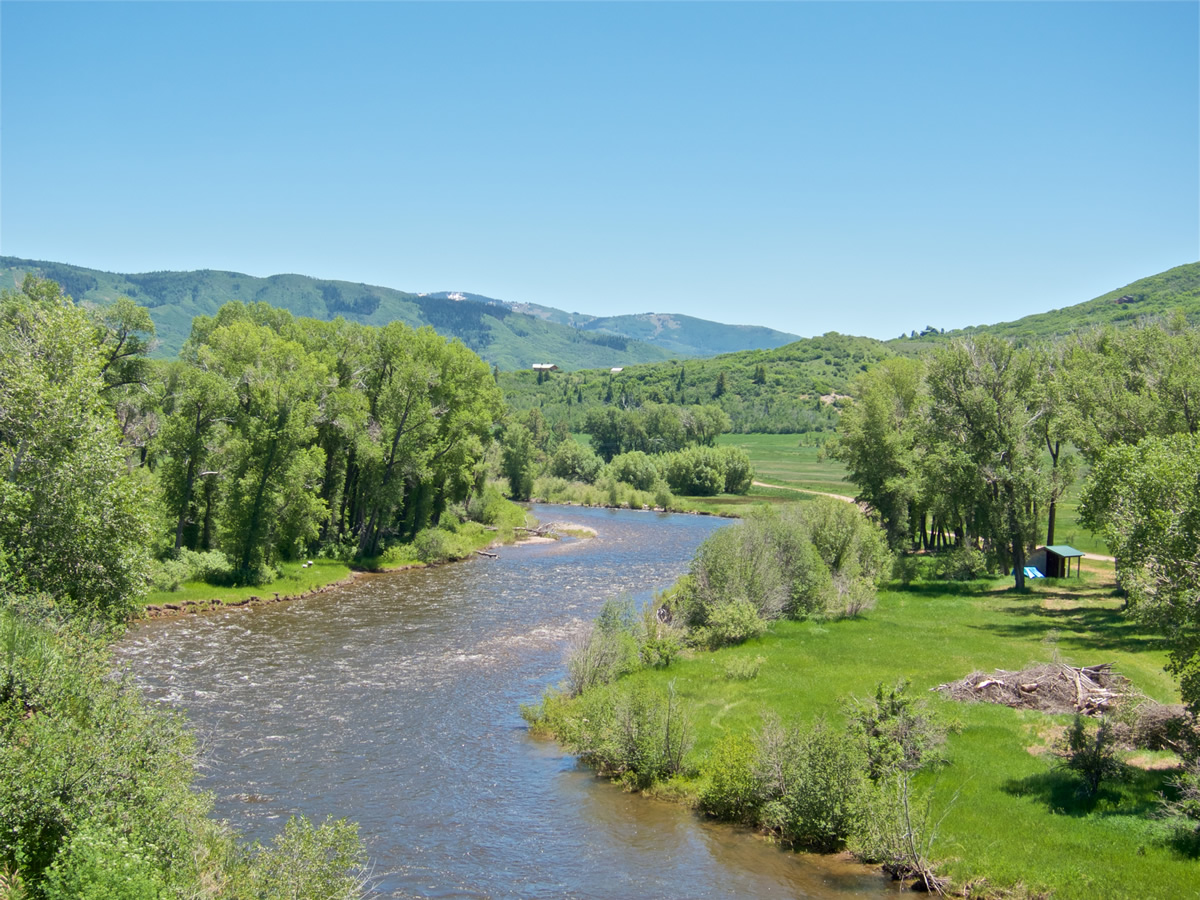
If you make a weekend of it you might have a chance to float in the hot springs that give Steamboat Springs its name, or stroll down Lincoln Avenue in the cool of the evening, pop your head into F.M. Light & Sons and try on a cowboy hat of your own.
In the end I skipped the souvenirs. I came home with something else: my wonder at the raw and vast beauty of the West—a part of America whose heritage is still very close at hand—and a renewed zeal for the bike and the sublime places it can take you when you let it lead you away from the crowds and into the kind of adventure that starts where the pavement ends.

